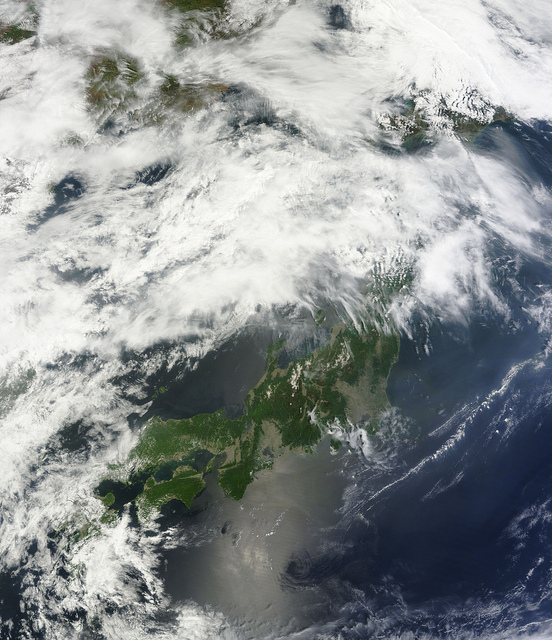January 2013, Vol. 240 No. 1
Projects
Gas Challenges For Japan In Near Term, Improving Later In Decade

The “map” of natural gas around the world is changing dramatically and the consequences will be of great importance for Japan, said IHS Vice Chairman Daniel Yergin.
“For the next few years, Japan will face a tight natural gas market just as it seeks to increase its LNG imports to compensate for the shutdown of nuclear power,” Yergin said. “Later in the decade, the picture will look very different, with an improving outlook for Japan.”
Over the next few years, the market will be characterized by tight balance between supply and demand, which will mean that Japan may well be paying the highest prices of any major importing country.
“The volumes of new LNG supply entering the market from 2012-2015 are relatively modest. And demand is stronger than anticipated due to Japan’s extra needs following Fukushima. The global LNG market has been stretched with Japan requiring an additional 17 million tons of LNG (23 Bcm) to its already large purchasing volume of 70 mt (97 Bcm) before the crisis. Altogether, this means that Japan is now 37% of the entire global LNG market. This has helped to push up LNG prices further towards the ceiling set by oil prices.” Yergin said.
Later in the decade, the supply and demand factors will change, putting more balance into the market, Yergin said.
“On the supply side, large volumes of Australian LNG are now set to reach the market at a similar time to the new North American exports. The two largest markets in the world—North America and Russia—are well-supplied with gas. And plans are in place to connect the shale resources of the U.S. and Canada with the rest of the world, with first LNG exports likely in 2016,” he said.





Comments